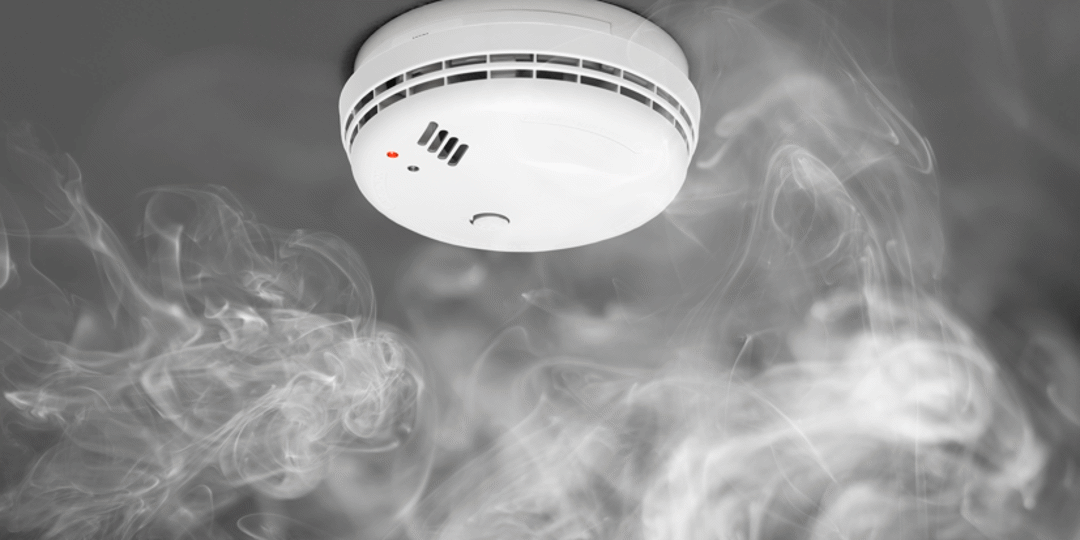Two of the most important and reliable electrical devices in your home that keep you safe are also very simple in design. How exactly do these work?
Smoke detectors
Smoke detectors can be one of two types – either ionization or photoelectric detectors.
Ionization detectors use a trace amount of radioactive particles to ionize the air inside a smoke detection chamber. When smoke enters this chamber, it disrupts the electronic charge and causes a voltage decrease. These detectors are more adept at recognizing small fires.
Photoelectric detectors use beams of light to signal when they detect any smoke in your home. The light that shines through when smoke enters the device triggers an electronic signal, causing your alarm to sound. These detectors best detect fires that produce large volumes of smoke.
While each detector has its advantage, you can best safeguard your home by using a combination of both.
Carbon monoxide detectors
Odorless and colorless, carbon monoxide in your home can be fatal. However, metal oxide semiconductor, biometric, and electrochemical detectors can help protect your home and family.
Metal oxide semiconductor detectors work similarly ionization detectors as their alarms are triggered by a drop in voltage. Metal oxide semiconductor detectors use a silica chip, and when contact is made with carbon monoxide, the voltage experiences a decrease.
Biometric detectors have a small chamber with a gel that simulates carbon monoxide’s effects on the blood. When carbon monoxide interacts with the gel, the gel changes color and prompts the device to sound the alarm.
Lastly, electrochemical detectors are not as commonly found in homes but have various industrial uses. These detectors have chemically treated sensors and are triggered when contact is made with any carbon monoxide.
Are you in need of new smoke detectors or carbon monoxide detectors? Call Mister Sparky® of San Antonio for help safeguarding your home or office today at (210) 899-2430!















